Lake Watsessing
Lake Watsessing
History, in the strict sense, is the written word. Our own grand story dates back nearly three and a half centuries. History may also include all the legends and fabulous folk-tales we tell that help define what kind of people we have been. There is, however, another kind of history, literally carved in stone, eager to tell us about the past, if we are willing to read it. It is the geologist's history of the land we live on. The land tells us, with unmistakable accuracy, the story of how it came into being as we know it. We live among three rivers, a valley and pleasant rolling hills. How this all came to be shaped, is told to us by the land itself.
Our land was given its form, attractive features and resources by nature's most ferocious grinding machine, a glacier. While advancing, the glacier scrapes, gouges, gashes and grinds everything in its path. When receding, it leaves every manner of rock, silt and debris in its wake but, above all, it leaves oceans of melt-water. And melt-water must go somewhere. Melt-water forms lakes in the deep depressions ground into the bedrock the while it is trapped between the receding glacier and the mountains of debris. These lake waters rise higher and higher until they find a spillway through which they make their way down to the sea.
There was a network of glacial lakes in north-eastern New Jersey. Three of them are of interest to us; two of them within our town borders and a third which was beyond our borders but never-the-less had a profound effect on our landscape. First, there was Lake Watsessing, a name applied by modern geologists.
Lake Watsessing entirely covered the Silver Lake part of our town. The old, 18th and 19th Century Silver Lake created by damming the mill stream, is shown on the map above for reference only. It was never a part of the glacial lake system. Lake Watsessing was many times larger. Lake Watsessing was bounded on the North by the high ground around Hendricks Field and Smallwood Avenue, on the South by Bloomfield Avenue, on the East by the high ground around the Forest Hill section of Newark and on the West by what is now Watsessing Park in Bloomfield. It's depth was down to bedrock. A small island rose above the waters adjacent to Newark Avenue. The lake, fed by melt-water, was formed because the bed of Second River was still choked with ice. The Lake spilled to the South through Branch Brook Park. For ages it was glimmering, pristine waters.
In the course of long time passing, the bed of Second River became free of blockage and Lake Watsessing began to drain away towards the Passaic River to where the confluence of those two rivers is now. But Lake Watsessing wasn't quite finished yet. It filled a second time. Beyond our town borders was a great lake which geologist have dubbed Lake Passaic. Lake Passaic must have been magnificent to see. It was 30 miles long, stretching from the falls at Paterson down to Moggy Hollow in Somerset County. Its spillway can still be seen at a preserve in Somerset County. In width, it ranged from the mountains in the Caldwells, westward to Boonton. It was estimated to be 375 feet deep. Its effect on our town landscape came when the glacial melt-back reached Great Notch at an elevation 75 feet below the waters of the lake. In a monumental explosion of crushed ice and a great roaring rush, the top 75 feet of Lake Passaic drained off. Where did all of that water go ? The mouth of Third River was still blocked. It came through Nutley forming there a lake that has been named Lake Yanticaw. Nutley took the worst of it, but Lake Yanticaw extended over into Belleville covering the areas surrounding the bed of Third River including the northern half of Fairway Avenue and all the land where the high school and stadium are today. (See map.) That great gush of water and the continuing melt-down could not be contained within this area, so the waters continued down what today would be Franklin Avenue, past the golf course, making its way toward Lake Watsessing. Second River was unable to handle the volume. Lake Watsessing was refilled and so it would remain until the next cataclysmic event.
Our land was given its form, attractive features and resources by nature's most ferocious grinding machine, a glacier. While advancing, the glacier scrapes, gouges, gashes and grinds everything in its path. When receding, it leaves every manner of rock, silt and debris in its wake but, above all, it leaves oceans of melt-water. And melt-water must go somewhere. Melt-water forms lakes in the deep depressions ground into the bedrock the while it is trapped between the receding glacier and the mountains of debris. These lake waters rise higher and higher until they find a spillway through which they make their way down to the sea.
There was a network of glacial lakes in north-eastern New Jersey. Three of them are of interest to us; two of them within our town borders and a third which was beyond our borders but never-the-less had a profound effect on our landscape. First, there was Lake Watsessing, a name applied by modern geologists.
Lake Watsessing entirely covered the Silver Lake part of our town. The old, 18th and 19th Century Silver Lake created by damming the mill stream, is shown on the map above for reference only. It was never a part of the glacial lake system. Lake Watsessing was many times larger. Lake Watsessing was bounded on the North by the high ground around Hendricks Field and Smallwood Avenue, on the South by Bloomfield Avenue, on the East by the high ground around the Forest Hill section of Newark and on the West by what is now Watsessing Park in Bloomfield. It's depth was down to bedrock. A small island rose above the waters adjacent to Newark Avenue. The lake, fed by melt-water, was formed because the bed of Second River was still choked with ice. The Lake spilled to the South through Branch Brook Park. For ages it was glimmering, pristine waters.
In the course of long time passing, the bed of Second River became free of blockage and Lake Watsessing began to drain away towards the Passaic River to where the confluence of those two rivers is now. But Lake Watsessing wasn't quite finished yet. It filled a second time. Beyond our town borders was a great lake which geologist have dubbed Lake Passaic. Lake Passaic must have been magnificent to see. It was 30 miles long, stretching from the falls at Paterson down to Moggy Hollow in Somerset County. Its spillway can still be seen at a preserve in Somerset County. In width, it ranged from the mountains in the Caldwells, westward to Boonton. It was estimated to be 375 feet deep. Its effect on our town landscape came when the glacial melt-back reached Great Notch at an elevation 75 feet below the waters of the lake. In a monumental explosion of crushed ice and a great roaring rush, the top 75 feet of Lake Passaic drained off. Where did all of that water go ? The mouth of Third River was still blocked. It came through Nutley forming there a lake that has been named Lake Yanticaw. Nutley took the worst of it, but Lake Yanticaw extended over into Belleville covering the areas surrounding the bed of Third River including the northern half of Fairway Avenue and all the land where the high school and stadium are today. (See map.) That great gush of water and the continuing melt-down could not be contained within this area, so the waters continued down what today would be Franklin Avenue, past the golf course, making its way toward Lake Watsessing. Second River was unable to handle the volume. Lake Watsessing was refilled and so it would remain until the next cataclysmic event.
The final chapter in this ages-long saga came when the melt-back reached the falls at Paterson. You must visualize this in your mind's eye. It is almost unimaginable. Once upon a warm day in ancient times, the ice block at Great Falls, Paterson broke. Oh my goodness, Lake Passaic, 30 miles long, 6 miles wide, now 300 feet deep, was uncorked ! First Clifton, then Nutley and then Belleville saw a most amazing rush of water. The lower Passaic River valley filled and filled and filled with a massive wall of raging water. Woe be on to any living creature that may have been in the way. Can you imagine how the ground shook? Can you imagine the sound? Lake Passaic drained, Lake Yanticaw drained and finally, for the last time (more-or-less), Lake Watsessing drained. The Passaic River, interrupted for a few millennia, resumed its course.
Great Falls, Paterson
So, if you are ever driving around in Silver Lake on a really rainy day and the storm sewers start to back-up, don't worry, it's nothing ... it's only Lake Watsessing trying to reclaim the land. And don't call Town Hall to complain about the water. Do call there to thank them that it is not a thousand times worse. The Silver Lake neighborhood is safe because the marvels of modern engineering have beaten Lake Watsessing into submission.
==>
All content of this site is Copyright 2009 Norman Price and may not be reproduced or redistributed in any manner without written consent.









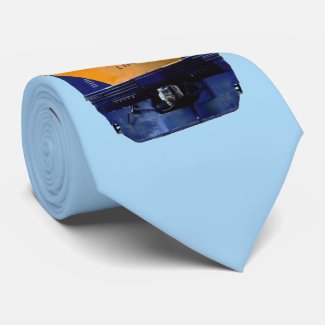
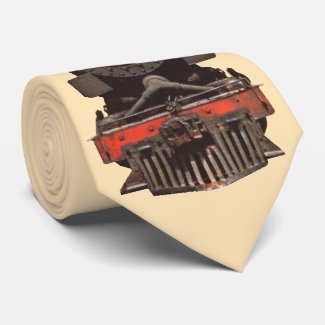
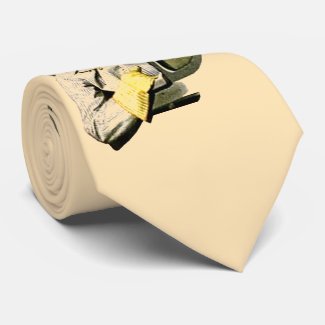

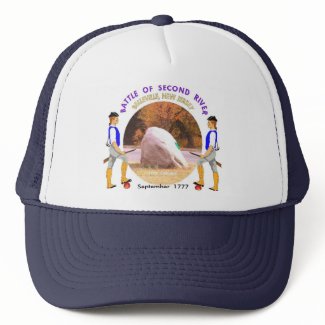








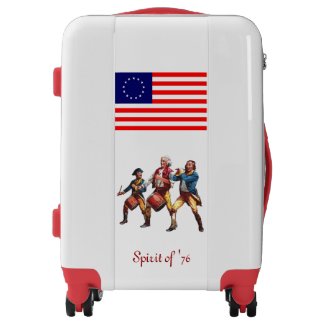

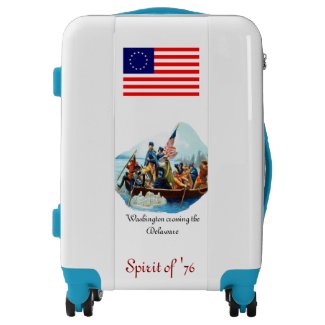
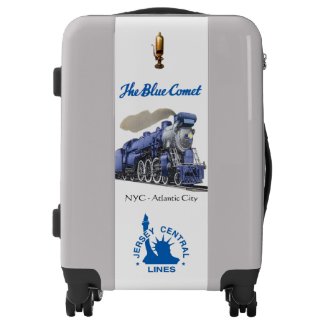
<< Home